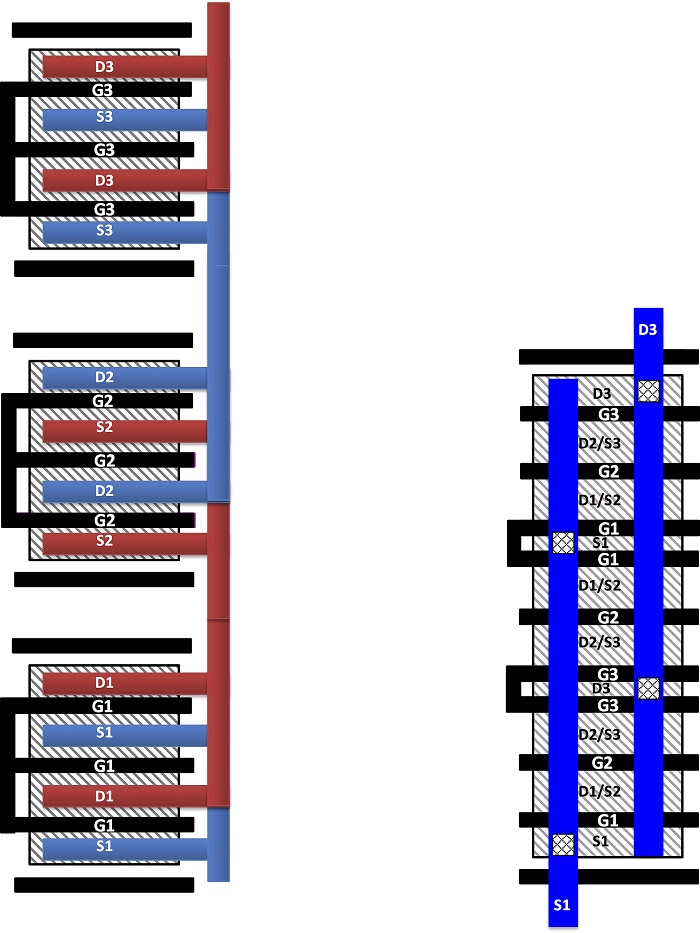Power amplifiers are mostly used for transmitting signals. The problem with today’s generation of cell phone amplifiers is that they’re made of gallium arsenide, which does not jive well with the device’s silicon-based technology, referred to as complimentary metal-oxide-semiconductor (CMOS).
A new approach to this technology appears to have solved this issue, and it was done using the most simplistic of solutions—designing a CMOS-based amplifier. It allows engineers to better integrate the power amplifier with the phone’s electronic chip, thereby reducing manufacturing costs and power consumption, while boosting overall performance.

“Silicon is much less expensive than gallium arsenide, more reliable and has a longer lifespan, and if you have everything on one chip it's also easier to test and maintain,” said Saeed Mohammadi, an associate professor of electrical and computer engineering at Purdue University, where this research was conducted. “We have developed the highest efficiency CMOS power amplifier in the frequency range needed for 5G cell phones and next-generation radars.”
Fifth-generation, or 5G, devices are not expected to hit the market until 2019. When they do, they will require better performing power amplifiers that can operate at higher frequencies. That’s because these new phones will be specially designed to download and transmit data faster than modern-day devices, as well as provide better coverage, use less power, and meet the emerging needs of Internet of Things technologies.
The Purdue amplifier uses a high-performance type of CMOS technology called silicon-on-insulator (SOI). The design itself features several silicon transistors stacked together; this, in turn, reduces the number of metal interconnections that are otherwise normally needed between transistors. Also referred to as “parasitic capacitance”, too many metal interconnections can hinder the amplifier’s performance, and lead to electronic circuit damage.

“We have merged transistors so we are using less metallization around the device, and that way we have reduced the capacitance and can achieve higher efficiencies,” Mohammadi said. “We are trying to eliminate metallization between transistors.”
The CMOS-based amplifier achieves an efficiency of 40% (comparable to gallium arsenide amplifiers)—in addition to 5G phones, it will likely also be used in low-cost collision-avoidance radar for cars, and lightweight microsatellites for communications.
Advertisement
Learn more about Electronic Products Magazine





